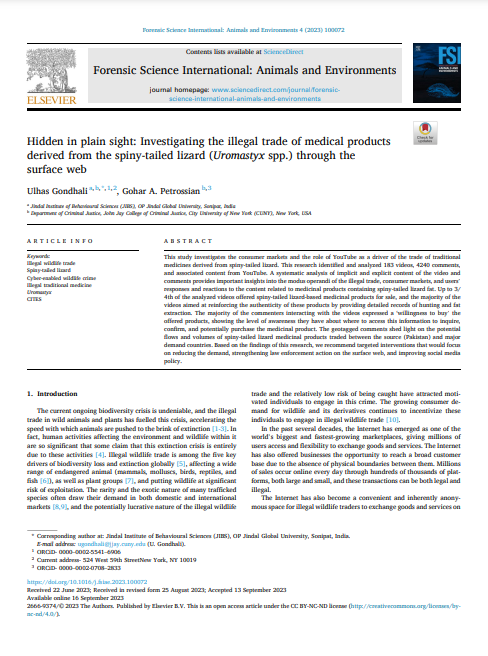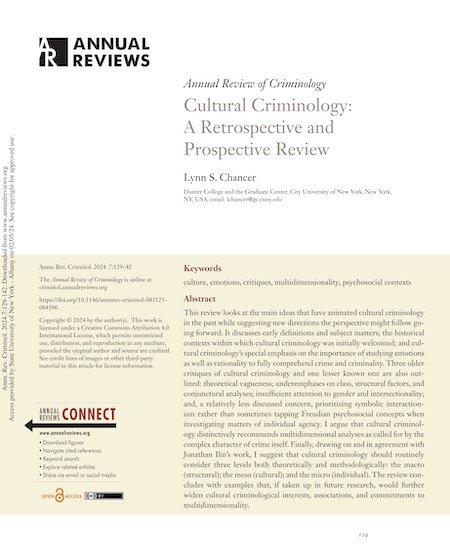By Michael Heise
Two broad trends inform public K-12 education’s current trajectory. One involves persisting (and recently increasing) school racial isolation which helps account for an array of costs borne by students, schools, and communities. A second trend, involving a dramatically increasing police presence in schools, is evidenced by a rising school resource officer (“SRO/police”) presence in schools. Increases in the magnitude of a school’s SRO/police presence correspond with increases in the school’s propensity to engage law enforcement agencies in student disciplinary matters which, in turn, help fuel a growing school-to-prison pipeline problem. While these two broad trends propel two distinct research literatures, these research literatures do not meaningfully engage with one another. Empirical research is largely silent on the degree to which, if at all, variation in a school’s racial isolation level influences how its SRO/police presence interacts with the school’s propensity to report student discipline issues to law enforcement agencies. This Article examines whether variation in school racial isolation levels informs whether a school’s SRO/police presence influences the school’s law enforcement reporting rates. Results from this study imply that any such influence is confined to schools where non-white student enrollment ranges from 11% to 50%. The research literature on tipping points provides one helpful interpretative lens to better understand why this specific school racial isolation band systematically differs from others when it comes to SRO/police presence’s influence on a school’s propensity to report student discipline matters to law enforcement agencies.
Buffalo Law Review Vol. 71, No. 2 (2023)





















